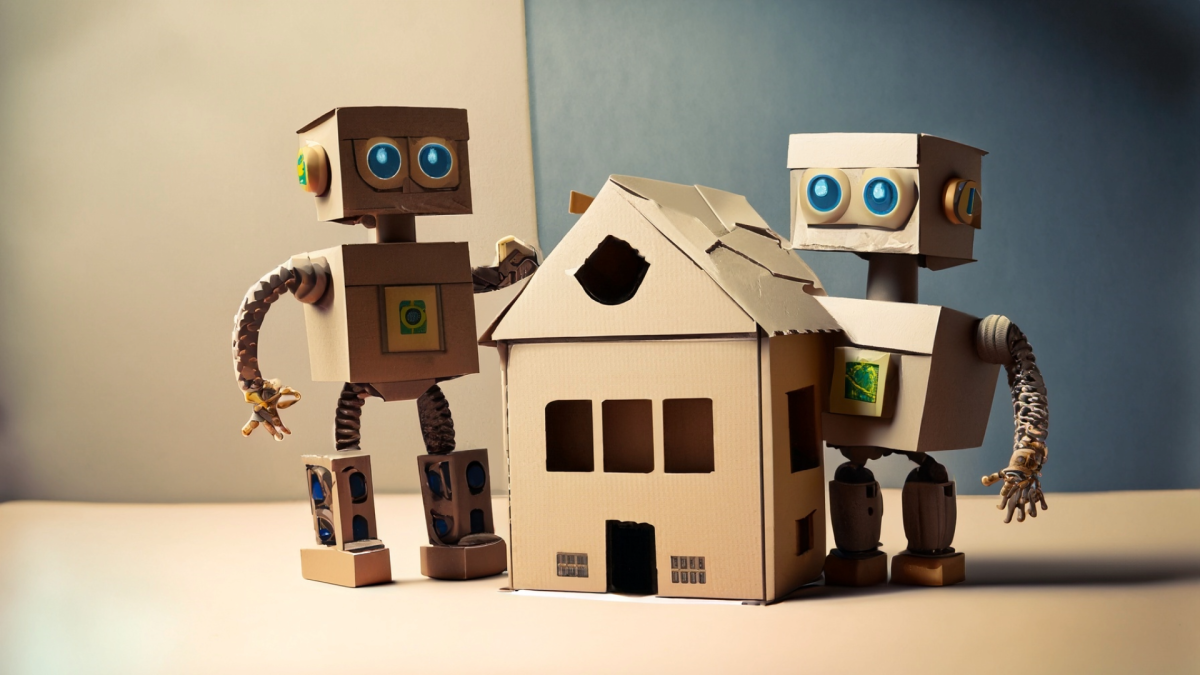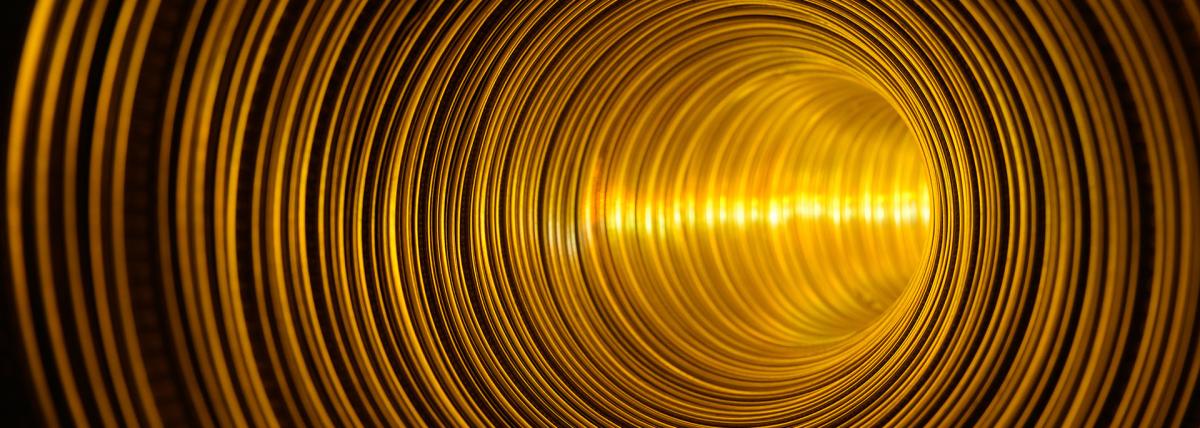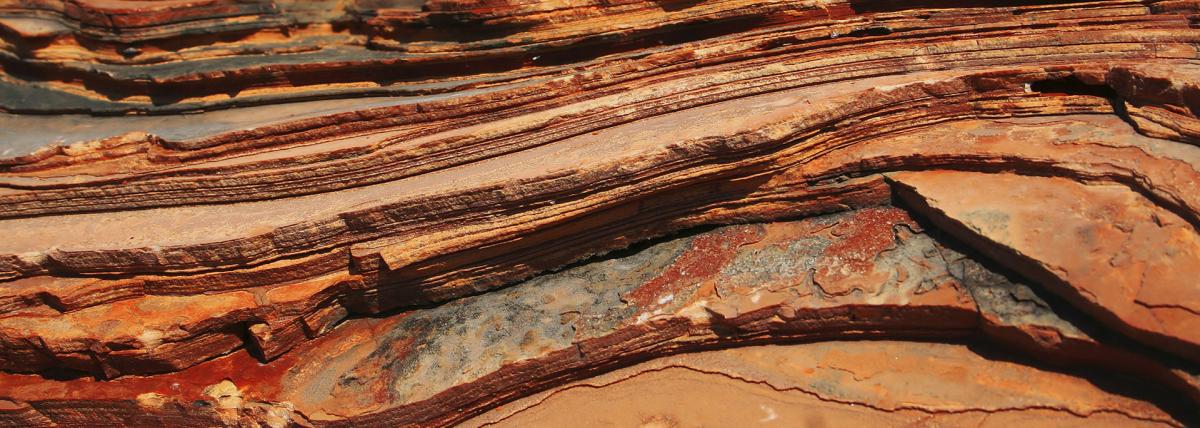



This lesson is for 2nd-5th grade students. It covers a range of AZ science standards and connects to math, reading, and social studies concepts. It also incorporates STEAM hands on activities to

Treehouse Design
Students will research, design and build a treehouse using the engineering design process. They will practice budgeting by pretending to have $100 to spend by using a supply budget sheet. Students

The owl pellet dissection is an engaging lesson where students will be looking closely at regurgitated pellets and discovering energy transfer through the owl and their prey. Students will be creating

The purpose of this lesson is to explore with students the mining process and the potential impacts humans have on ecosystems and their populations. Once completed students should have a deeper

Quail Farming
Students will learn about the three pillars of sustainability through their quail farm. They will incubate, raise and restock their quails in order for them to be sustainable regardless of what

In this engaging lesson, students will research and design rhythm sticks. They will use them in music and PE class to exercise and create music with. This hands-on lesson incorporates multiple areas

Students will build an ice snowman and a house for him to live in. They will collaborate to design a structure to keep him from melting. This project uses basic materials to study insulation and

This lesson is designed for students to explore the idea of natural selection using a popular food item: goldfish crackers! Students explore the idea that populations of organisms can be affected by

This lesson will take your students through the process of making a lunar phases flipbook. When flipped it will be animated and look like the moon going through each phase. Students will learn the

Engineers often create small-size models of a new product to test its design. This is especially true with airplanes. Model testing tells engineers how a design responds to different air conditions

Students use large building bricks to practice computational thinking, direction giving and being specific in those directions. This lesson can be completed in one 30-45 minute class session. This is

Designed for three hour-long STEAM Club meetings for scholars from kindergarten - fourth grade. This lesson plan can also be used for fifth-seventh grade scholars. Scholars will learn about


